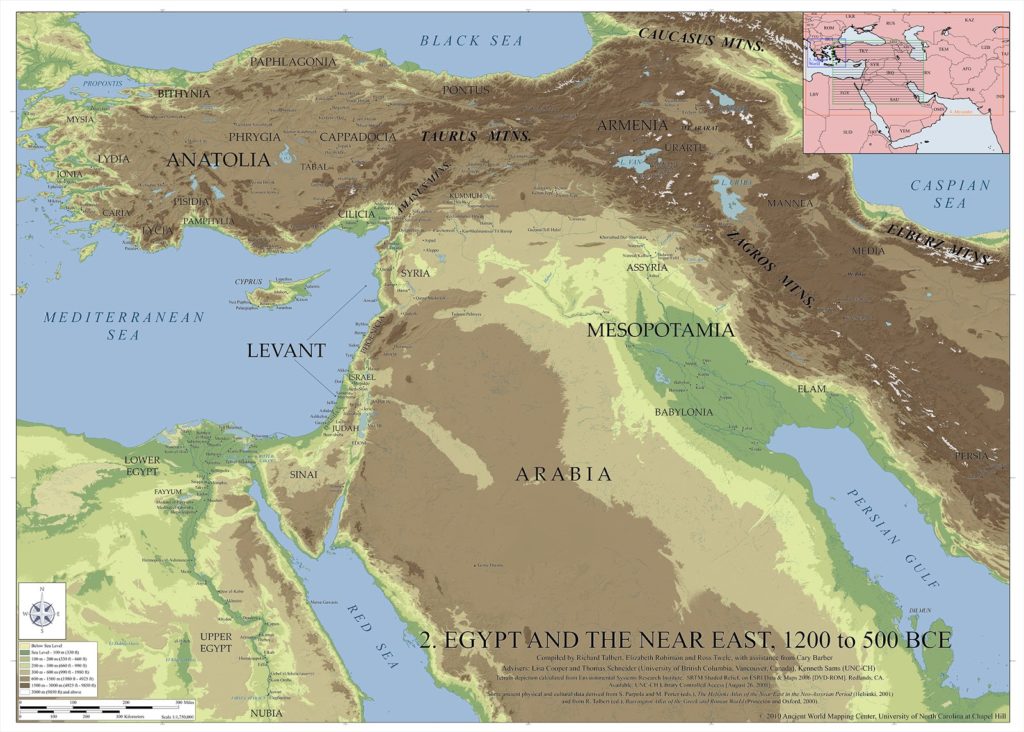Archaeologists believe that a public bath excavated in Sepphoris may have been used by Rabbi Judah the Prince.
Archaeologists excavating at the Negev town of Shivta have found a lamp wick dating to the Byzantine period.
Kiriath Jearim has a large platform which must have been cultic and could only have been built by the northern kingdom of Israel. Or so says Israel Finkelstein. (Haaretz premium)
A total of 1,500 landmines have been cleared since the spring near the Jordan River baptismal location of Qasr al-Yahud.
Migdal Aphek, the Crusader castle also known as Mirabel, will soon be open to the public following conservation works.
Dennis Mizzi asks, “What does Qumran have to do with the Mediterranean?”
The Annual Conference on the Excavations of the Institute of Archaeology at the Hebrew University will be held on Thursday.
Israel’s Good Name reports on a university field trip to the Hebron area.
Biblical Byways has a couple of tours to Israel coming up, including a Spanish tour in April.
Tim Frank’s latest book, Household Food Storage in Ancient Israel and Judah, is now available in paperback and as an e-book.
The Lexham Geographic Commentary on the Gospels was chosen as the Best Book in Biblical Studies in Christianity Today’s 2019 book awards. You can read an excerpt about the birthplace of
Jesus here.
HT: Agade, Ted Weis, Joseph Lauer

